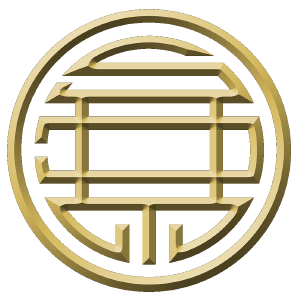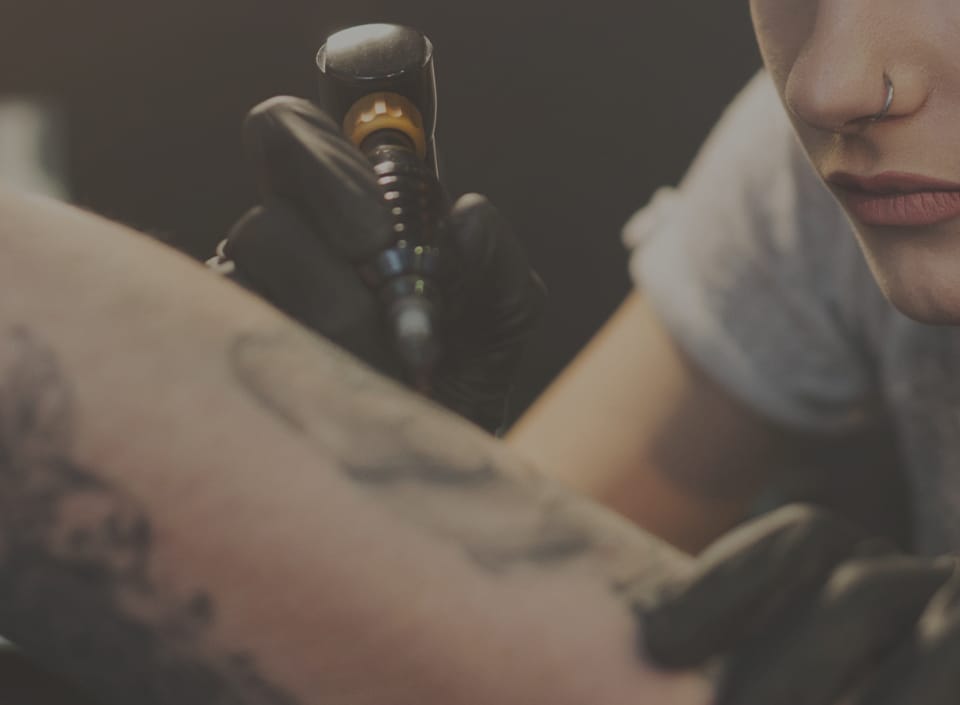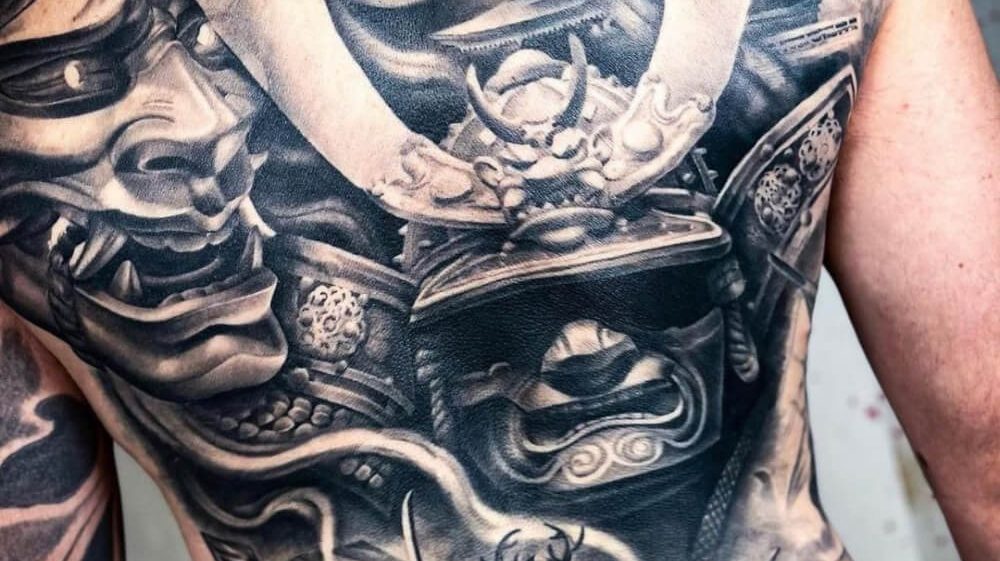 In recent decades, there has been a resurgence of interest in Japanese tattoos, with a growing appreciation for their artistic significance. The intricate designs, vibrant colors, and symbolic meanings have captivated people around the world. If these designs have inspired you, here’s what you need to know about the history and significance of Japanese tattooing before your tattoo consultation.
In recent decades, there has been a resurgence of interest in Japanese tattoos, with a growing appreciation for their artistic significance. The intricate designs, vibrant colors, and symbolic meanings have captivated people around the world. If these designs have inspired you, here’s what you need to know about the history and significance of Japanese tattooing before your tattoo consultation.
The History of Japanese Tattoo Culture
The roots of Japanese tattoo culture go back thousands of years, starting with the Jomon period (10,000-300 BCE). Archaeologists have found tattoos on clay figures and on pottery images. They believe that tattoos from this era were used for magical purposes.
During the Yayoi period (300 BCE-300 CE), tattooing was popular among the rulers and the designs became more elaborate. Intricacy was valued as a marker of social status, and tattoos move from magical purposes to more aesthetic ones.
Cultural attitudes towards tattoos changed dramatically during the Edo period (1603-1868). Tattoos became increasingly popular among the working class and criminal gangs. Some tattoos signaled which group or criminal organization you belonged to, and this symbolism spread to other tattoo designs. Each tattoo had a specific meaning, often depicting symbols of strength, loyalty, and resilience.
Aren’t Tattoos Taboo in Japan Now?
The Meiji era (1868-1912) brought about a dramatic shift in Japan’s social and cultural landscape. Western influence and the introduction of modernization led to the decline of traditional tattoo culture. Tattoos were stigmatized and associated with criminality, making them taboo in mainstream Japanese society.
Despite the negative perception, underground tattoo artists continued to practice their craft, preserving the traditional techniques and designs. These artists operated in secret and worked with organized crime groups called yakuza.
The yakuza embraced tattoos as a symbol of loyalty and brotherhood, continuing the Edo-era tradition. Getting full-body tattoos known as “irezumi” is a rite of passage for members. Because of this, many traditionalists frown on tattoos. You may not be let into certain places if they’re visible. However, Japanese tattooing has inspired many Western artists to take up the style.
Traditional Japanese Tattoo Designs
Japanese tattoos have many traditional designs drawn from the natural world, mythology, culture, and religion. Each image conveys powerful symbolic meanings. Here are a sample of the most popular tattoo designs from Japan.
Dragon Tattoos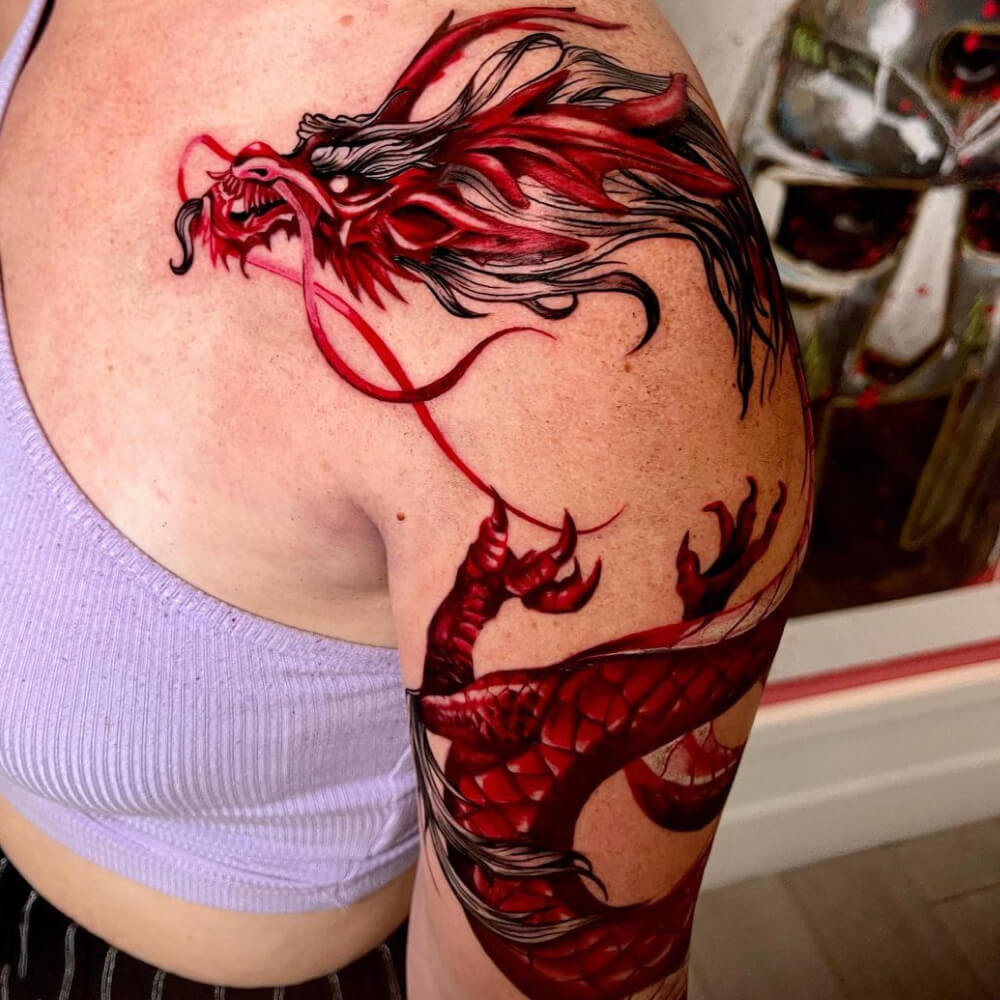
One of the most iconic and popular designs in Japanese tattoo culture is the Japanese dragon tattoo. In Japanese folklore, dragons symbolize wisdom, strength, and good fortune. The intricate details of dragon tattoos showcase the skill and artistry of the tattoo artist, as they bring these majestic creatures to life on the skin.
Dragons can be posed in different positions, and are surrounded by clouds, water, or flames. Each element has its own meaning, which you should ask your tattoo artist about. Other Japanese mythical beasts popular for tattoos, like the phoenix or the kirin, could also inspire your next piece.
Cherry Blossom Tattoos
Cherry blossoms, known as sakura in Japanese, are another beloved motif in Japan. These delicate flowers symbolize the transient nature of life and are associated with beauty, grace, and the arrival of spring. Despite their pink color, they’re a popular choice for both men and women.
There are other flower tattoos that have special significance in Japan like the plum flower, the chrysanthemum, and the paulownia, but the Japanese cherry blossom tattoo is the most popular.
Koi Tattoos
Koi fish, with their vibrant colors and graceful movements, are another common symbol. They represent perseverance, determination, and transformation. In Japanese culture, koi fish are also associated with overcoming adversity and achieving success. The intricate patterns and flowing shapes of koi fish tattoos make them visually captivating and meaningful.
Japanese People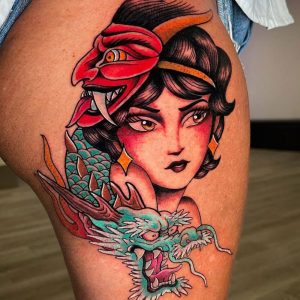
Another popular subject in Western tattoos of this style is to use images from ukiyo-e, or woodblock printing. This is a very distinctive style of printing that often features people in traditional Japanese professions.
Geisha, the iconic female entertainers of Japan, has long been a popular subject. Geisha tattoos depict these elegant women in their elaborate kimonos, adorned with intricate hairstyles and accessories. These tattoos can represent beauty, grace, and the pursuit of artistic excellence.
The samurai, legendary warriors of feudal Japan, are another recurring theme in traditional Japanese tattoo designs. These tattoos pay homage to the code of honor and loyalty that samurai warriors upheld. These tattoos symbolize strength, courage, and the indomitable spirit of the samurai.
The Meaning of Colors in Japanese Tattoos
The most common colors you’ll see in these designs are red, black, blue, and green in various shades.
- Red represents passion, strength, and life force. It is commonly used in tattoos of dragons, geisha, and the rising sun.
- Black is associated with mystery, power, and determination. It is often used to outline and bring depth to the designs. Black is also the predominant color in irezumi tattoos, symbolizing the wearer’s commitment and resilience.
- Blue and green signify tranquility, growth, and vitality.
Irezumi (Full Body) Tattoos
The height of traditional Japanese tattoos is the Irezumi tattoo. These cover enormous areas of the body and can take years to complete, especially if done through traditional methods. Despite their connections with organized crime, they’re becoming more accepted.
Many people now choose to undergo the lengthy and painful process to connect with Japanese culture and showcase their dedication to the art form. However, it is not for the faint of heart. Getting an irezumi tattoo is a lengthy and painful process.
Before modern tattoo guns, artists used a traditional hand-poked method, known as tebori, to create intricate designs. This technique involves using a long metal rod with a cluster of needles at the end to insert the ink into the skin manually. The pain is much more intense, and it takes much longer to finish a piece than using a tattoo gun.
It also requires far more skill to perform the line work. The artist must have a steady hand and a deep understanding of the body’s anatomy to ensure that the tattoo is applied correctly and evenly. Artists might study for years before attempting this traditional method.
All the designs mentioned before could become part of an irezumi tattoo. Also, there are symbolic associations about the tattoo placement. If you get a large tattoo like this and go to Japan, you may need to keep it covered lest you be mistaken for a member of the yakuza!
Conclusion
Japan has a history of tattooing that extends back thousands of years. Despite their modern associations with crime, this style of tattooing has captured the imagination of artists and clients. If you are considering a Japanese-style tattoo to show your appreciation of Japanese culture, speak with our artists to see if they have experience in this style and look through their portfolios.

